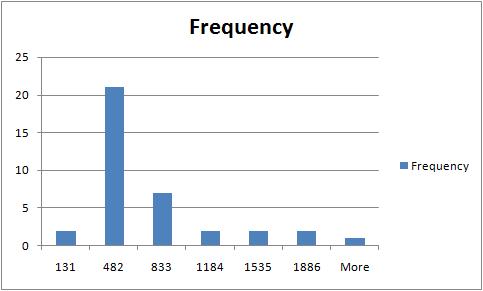Image search engines still keep launching
Last time I noticed that image-to-image search engines launch in batches was in May. Of course, “launch” usually means private beta. I also found it interesting that there are so many of them and yet they never mention or discuss each other.
Now, another batch - within a few days form each other.
First, Gazopa (what an awful name!) from Hitachi. Private beta.
Second, Imprezzeo. “Coming soon”.
Third, Picasa launched a face recognition feature. By most accounts it does not work well.
Fourth, VideoSurf “Unveils First Computer Vision Search for Video”. Private beta.
Finally, Idee updated its TinEye. Apparently, now it can match an image and its rotated version. That was my main problem with the application.
Digital discoveries
- Casinos Not On Gamstop
- Non Gamstop Casinos
- Casino Not On Gamstop
- Casino Not On Gamstop
- Non Gamstop Casinos UK
- Casino Sites Not On Gamstop
- Siti Non Aams
- Non Gamstop Casinos UK
- UK Casino Not On Gamstop
- Non Gamstop Casino UK
- UK Casinos Not On Gamstop
- UK Casino Not On Gamstop
- Non Gamstop Casino UK
- Non Gamstop Casinos
- Non Gamstop Casino Sites UK
- Best Non Gamstop Casinos
- Casino Sites Not On Gamstop
- Casino En Ligne Fiable








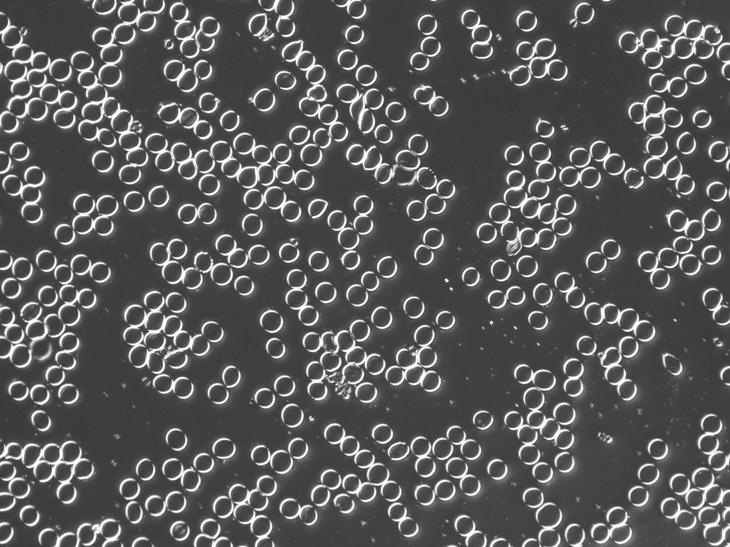
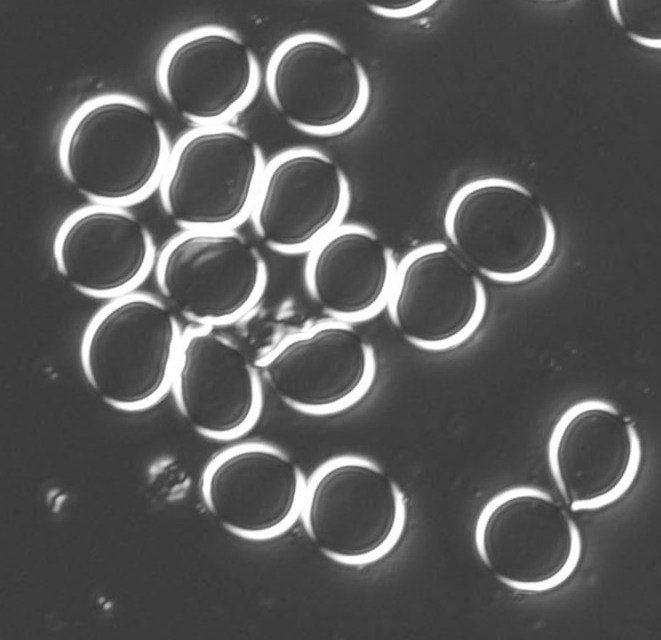
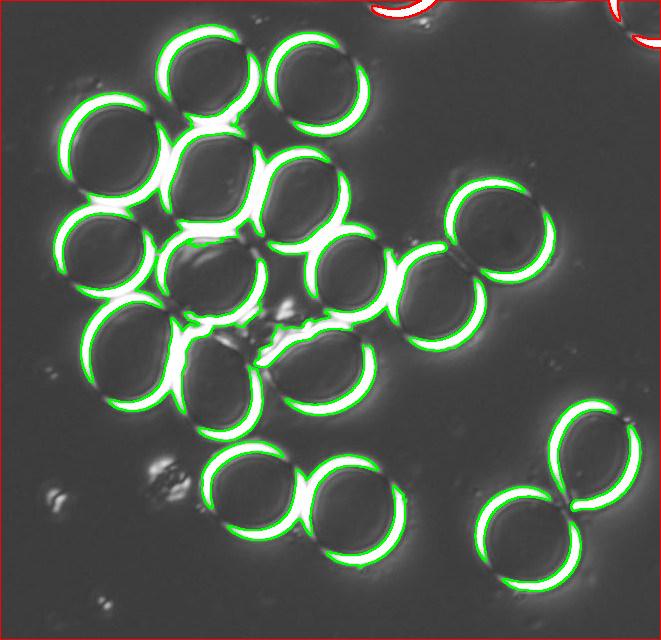
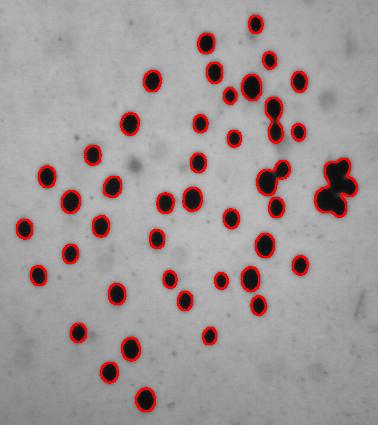

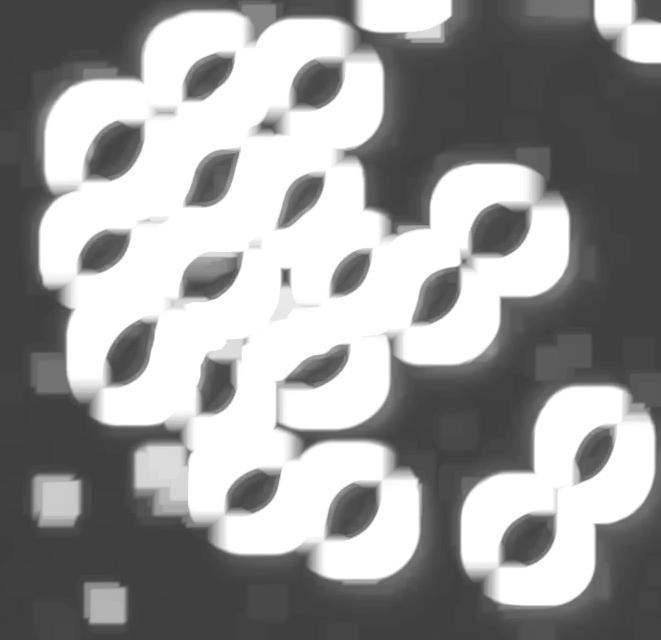
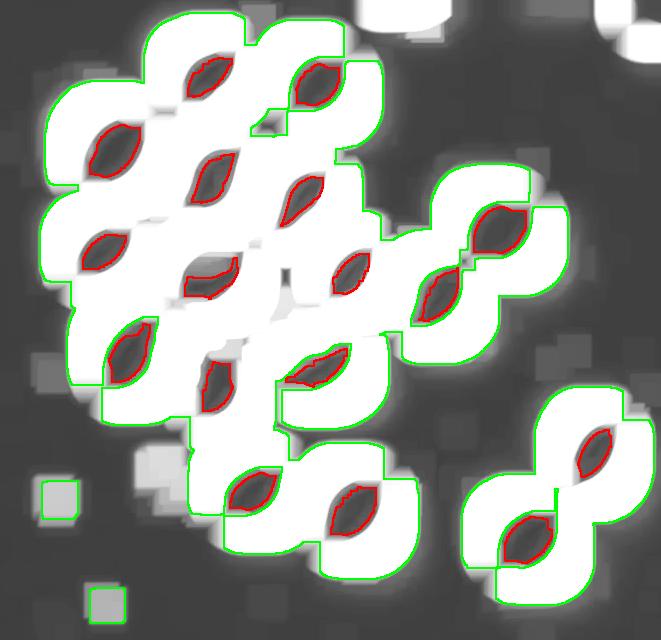
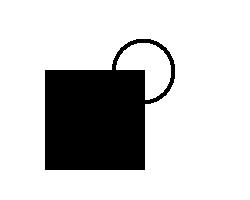 The amodal completion law: “[W]hen a curve stops another curve, thus creating a “T-junction”… our perception tends to interpret the interrupted curve as the boundary of some object undergoing occlusion.” This law is also related to the good continuation law.
The amodal completion law: “[W]hen a curve stops another curve, thus creating a “T-junction”… our perception tends to interpret the interrupted curve as the boundary of some object undergoing occlusion.” This law is also related to the good continuation law.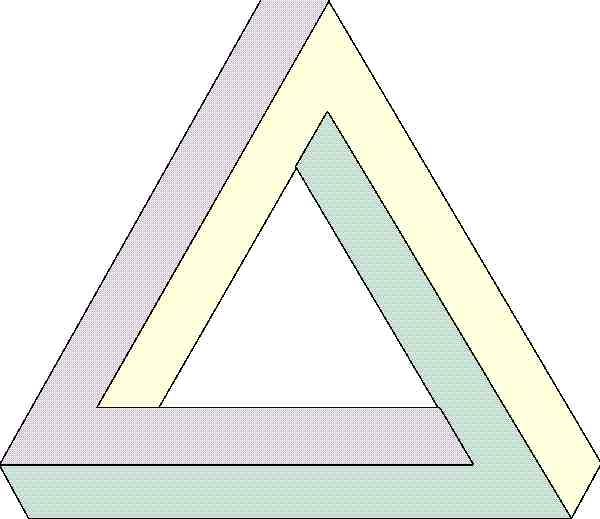
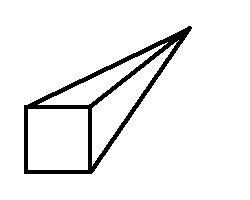 The perspective law: “Whenever several concurring lines appear in an image, the meeting point is perceived as a vanishing point (point of infinity) in a 3-D scene. The concurring lines are then perceived as parallel lines in space.” (Sounds reasonable, but how come all parallel lines are man-made?)
The perspective law: “Whenever several concurring lines appear in an image, the meeting point is perceived as a vanishing point (point of infinity) in a 3-D scene. The concurring lines are then perceived as parallel lines in space.” (Sounds reasonable, but how come all parallel lines are man-made?)

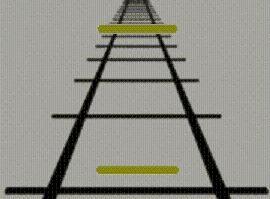

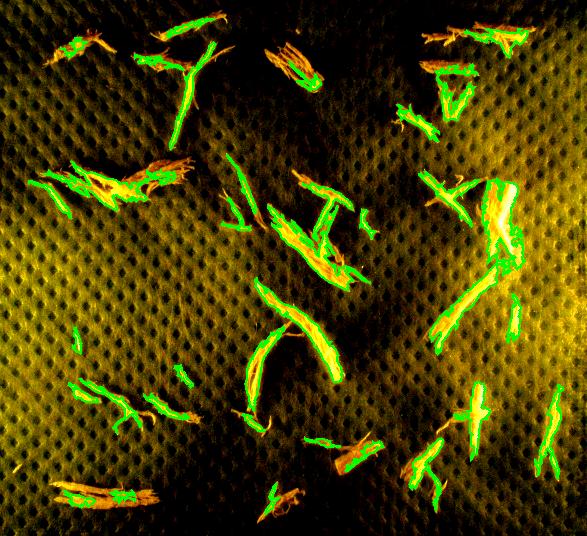
 Averages are computed automatically but to have the answer in inches I had to calibrate the image. For that I used the ruler in the image (all the computations in the
Averages are computed automatically but to have the answer in inches I had to calibrate the image. For that I used the ruler in the image (all the computations in the 